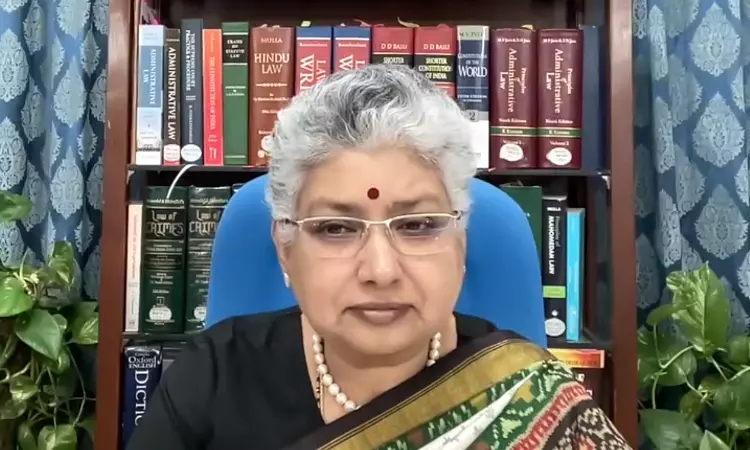Justice B.V. Nagarathna, while speaking in a virtual address at the Columbia Law School, said that the Constitution of India sets a benchmark for inclusive governance and social justice. The Supreme Court judge spoke on “75 Years of the Indian Constitution—Supreme Court and Social Justice: A 75-Year History.” Columbia Law School organized the event in Association with CEDE, the...

